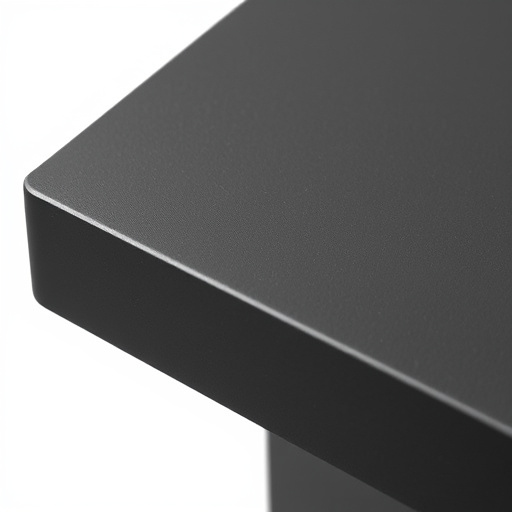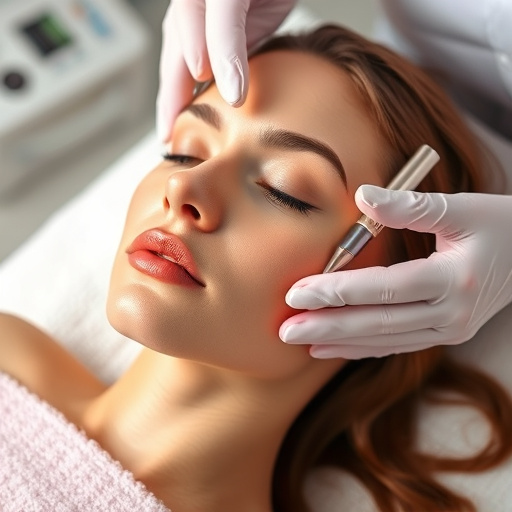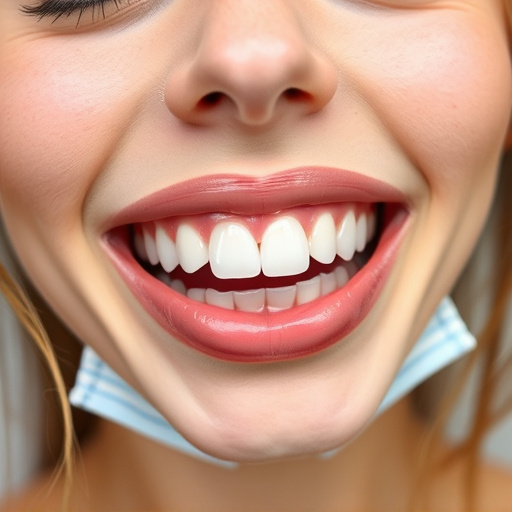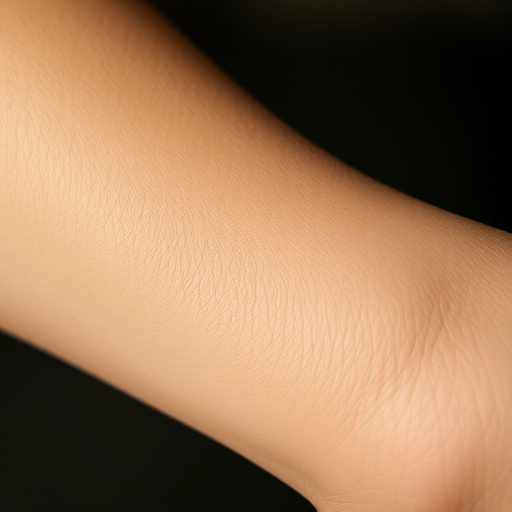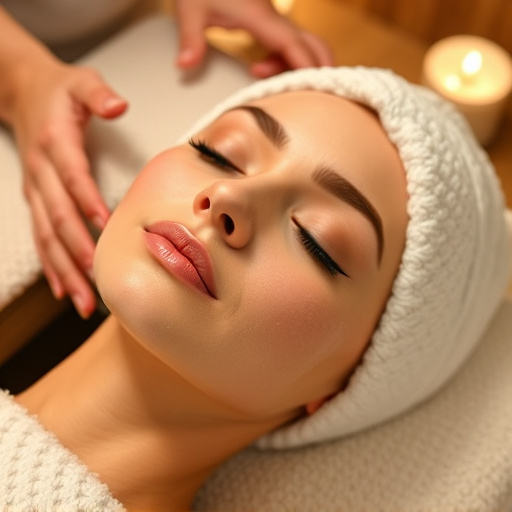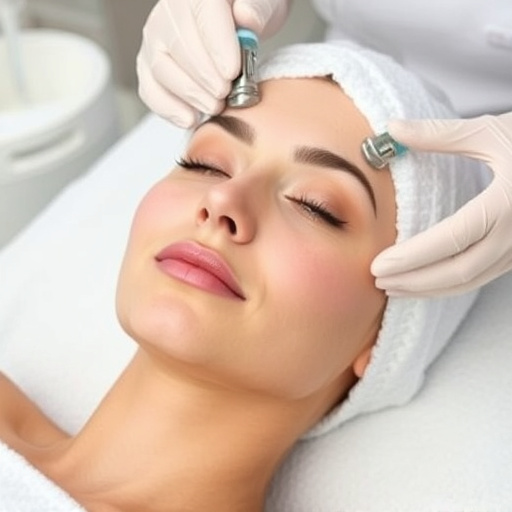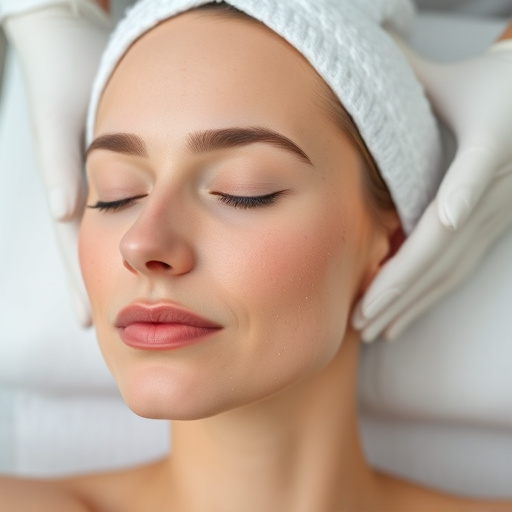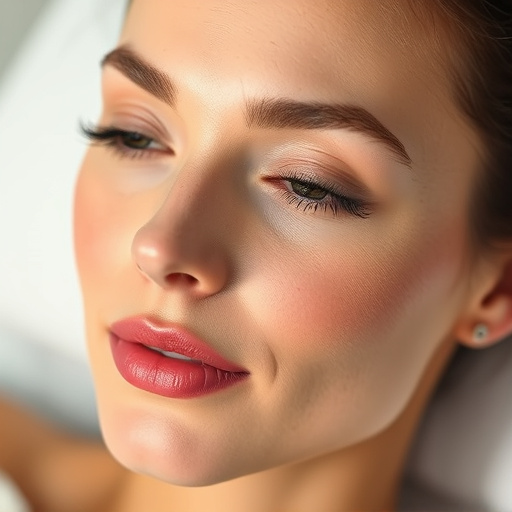Ingrown hair prevention involves understanding and adopting effective strategies like gentle shaving, using suitable razors, and applying post-shave products with salicylic acid or glycolic acid. Maintaining healthy, hydrated skin through moisturizing and aesthetic treatments also helps. Key skincare ingredients like salicylic acid and AHAs exfoliate skin, clear pores, and reduce ingrown hair chances. Additional intensive treatments include microneedling and laser hair removal for better growth and reduced ingrown hairs. Skin rejuvenation techniques further minimize the risk by improving overall skin texture.
Ingrown hairs, a common skincare concern, can cause unsightly inflammation and discomfort. Understanding their causes and impact is the first step towards effective prevention. This article delves into top skincare ingredients scientifically proven to aid ingrown hair prevention, offering valuable insights for achieving smooth, bump-free skin.
We explore key components like salicylic acid, glycolic acid, and niacinamide, discussing their roles in exfoliation, inflammation reduction, and promoting healthy skin turnover. By incorporating these ingredients into your routine, you can manage ingrown hairs effectively.
- Understanding Ingrown Hair: Causes and Impact
- The Role of Key Skincare Ingredients in Prevention
- Incorporating Effective Strategies for Ingrown Hair Management
Understanding Ingrown Hair: Causes and Impact
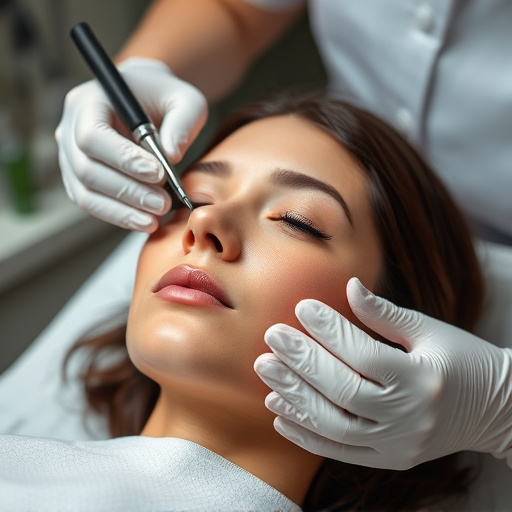
Ingrown hairs are a common concern for many individuals, often causing discomfort and unsightly appearance. They occur when hair follicles get blocked or irritated, leading to hair growth into the skin instead of upwards. This can be triggered by various factors such as shaving, waxing, or even tight clothing. The impact is noticeable redness, swelling, and sometimes puss-filled lumps under the skin’s surface.
Understanding the causes of ingrown hair prevention is key to managing this issue effectively. Proper skincare routines play a significant role in reducing their occurrence. By adopting gentle shaving techniques, using suitable razors, and applying post-shave products with ingredients like salicylic acid or glycolic acid, one can significantly minimize the chances of developing ingrown hairs. These acids help exfoliate the skin, unclogging pores and allowing hair to grow freely. Additionally, focusing on maintaining healthy, hydrated skin through adequate moisturizing and suitable aesthetic treatments can contribute to overall skin tightening and reduced chances of ingrown hair formation.
The Role of Key Skincare Ingredients in Prevention
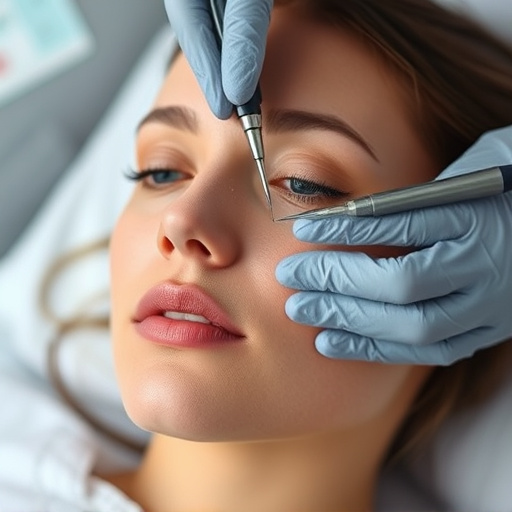
In the realm of ingrown hair prevention, key skincare ingredients play a pivotal role. These active components work to exfoliate and smoothen the skin, removing dead skin cells that can trap hairs and cause ingrowns. Ingredients like salicylic acid, known for its ability to penetrate pores and clear debris, are effective in preventing and treating ingrown hairs. Additionally, alpha hydroxy acids (AHAs), such as glycolic acid, help exfoliate the top layer of the skin, reducing the chances of hair trapping.
Beyond ingrown hair prevention, these key ingredients offer broader benefits. Many act as powerful acne treatments by combatting inflammation and unclogging pores, while others contribute to anti-aging treatments by promoting cell turnover and enhancing skin texture. Some even find applications in body contouring practices, though their primary focus remains on achieving smoother, healthier skin free from ingrown hairs.
Incorporating Effective Strategies for Ingrown Hair Management
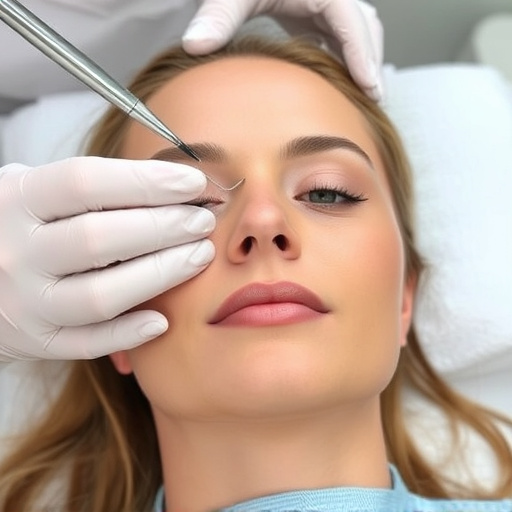
Incorporating effective strategies for ingrown hair management is a crucial step towards achieving smoother and healthier skin. Beyond regular exfoliation, several key ingredients can significantly aid in ingrown hair prevention. One such ingredient is salicylic acid, known for its ability to exfoliate dead skin cells and unclog hair follicles, thereby reducing the chances of ingrown hairs forming.
Another powerful tool in your arsenal could be hyaluronic acid, which not only hydrates the skin but also helps to soothe inflammation associated with ingrown hairs. For more intensive treatments, consider incorporating microneedling therapy or laser hair removal into your routine. These procedures create micro-channels in the skin, promoting better hair growth and reducing the occurrence of ingrown hairs. Additionally, skin rejuvenation techniques can help improve overall skin texture, further minimizing the risk of ingrown hairs developing.
Ingrown hair prevention is a multifaceted approach that involves understanding the causes, selecting the right skincare ingredients, and adopting effective management strategies. By incorporating key components like salicylic acid, glycolic acid, retinol, and niacinamide into your routine, you can address the root issues contributing to ingrown hairs. Additionally, practicing good hygiene, exfoliating regularly, and using suitable razors or depilatory creams further aids in maintaining smooth, bump-free skin. Remember, consistency is key; with dedicated care, you can significantly reduce the occurrence of ingrown hairs and enjoy healthier, softer skin.
